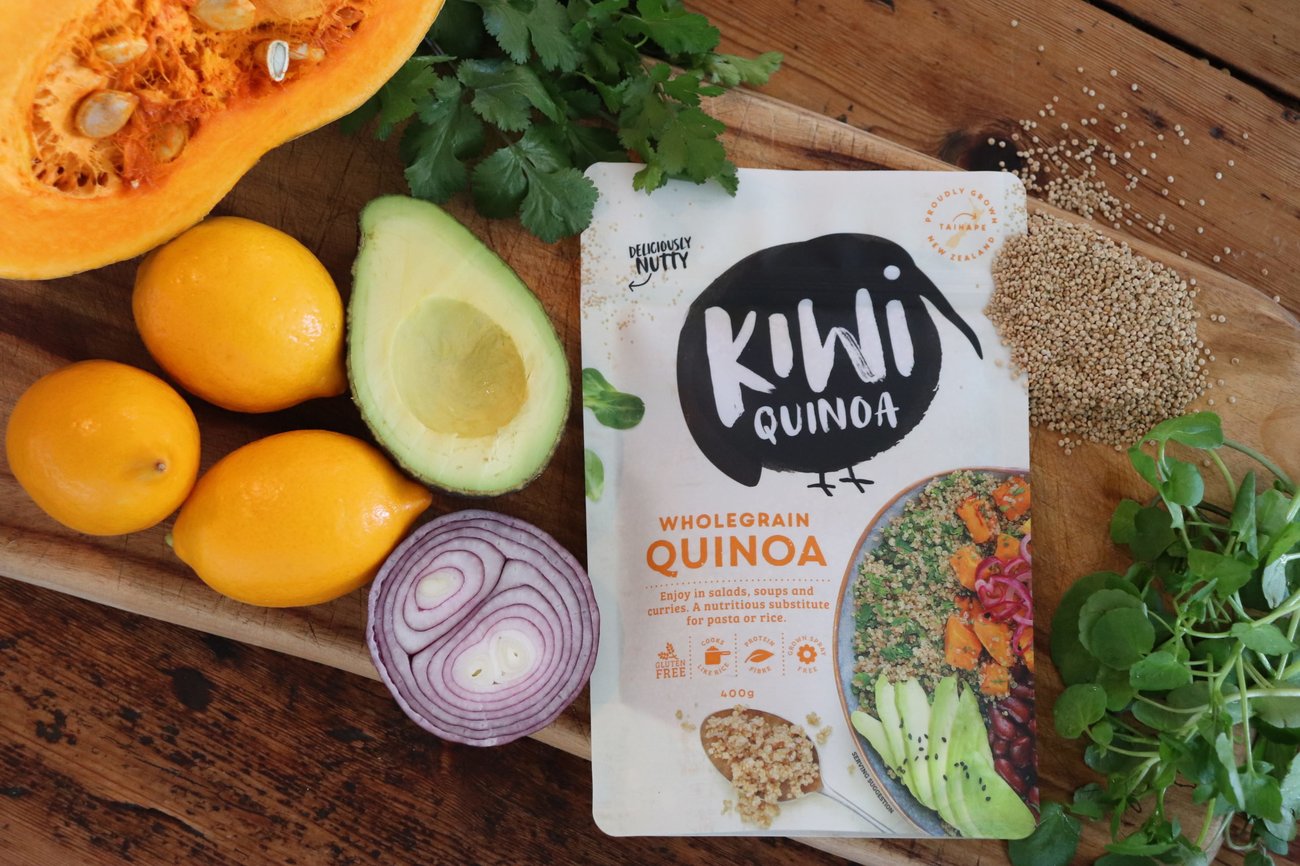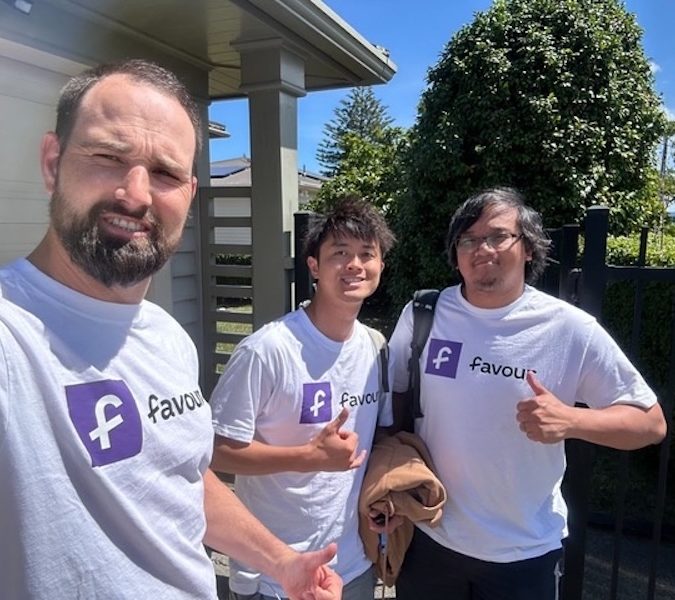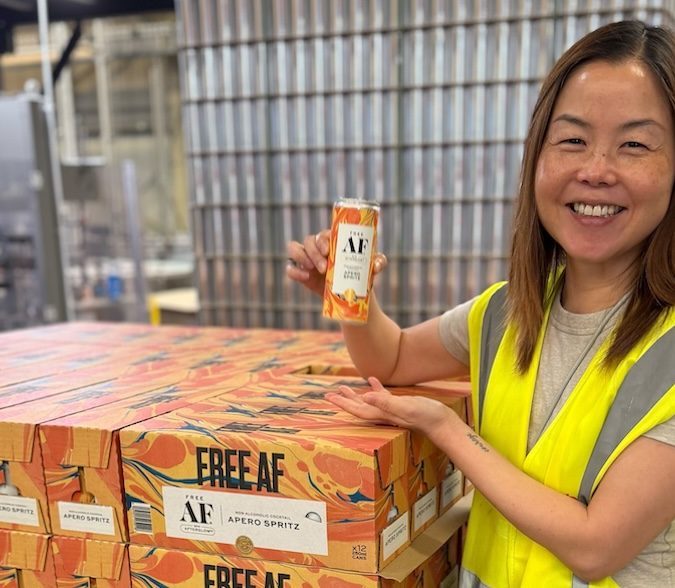
At 12,000 feet, standing on the altiplano in Peru, a seed was planted in Dan Cottrell’s mind – could quinoa grow in New Zealand’s Central Plateau like he saw it booming in front of him in the high-altitudes of South America.
“The landscapes didn’t look that different from the Desert Road and the Central Plateau, and in places it was very similar to our farm in Taihape.”
As Dan and Jacqui finished a year of backpacking they kept the idea alive, and on returning to this side of the globe in 2013 it grew into a fully-fledged plan.
Jacqui, who hails from Melbourne, met Dan when she moved to the Waikato in 2010 to work with biological fertilizer, both having studied agriculture at uni. Jacqui, who has always been interested in health food, was already eating quinoa, “I was like what the hell is this sort of stuff, most New Zealanders didn’t know what quinoa was then,” Dan says.
But in 2013 as they made plans to start growing on Dan’s family farm in Taihape, all that changed. The United Nations declared it the international year of quinoa, the World Food and Agriculture Organization held an international symposium on the grain – even Oprah did a special feature.
“You can look back at that year and the price tripled, it took off.”
Suddenly everyone knew about the nutritionally rich and balanced grain from the Andes, and Dan and Jacqui were even more keen to get their trials into action. With around 90 per cent of quinoa exported from Peru and Bolivia, and those countries keeping their cards close to their chest, Dan says it was very difficult to get his hands on seeds.

In the end the couple sourced seeds from Europe and went through a year of trials before they found a grain that worked well, so well they set up a licensing agreement with the growers in France and England to grow 45 kilos of sowing seed.
After the first harvest in 2015 Dan and Jacqui gave some of their Kiwi Quinoa to a high-end supplier in Auckland and it ended up in Cape Kidnappers, Huka Lodge and Blanket Bay, making a name for itself as the country’s first homegrown crop.
Fast-forward four years and the Taihape product is on supermarket shelves across the country, with everyone showing interest from professional athletes seeking nutrient dense food to retirees wanting to diversify their diets.
“The public has been really, really responsive particularly little Taihape is so proud, so proud, no one knew what quinoa was and now Taihape is one of our greatest sellers,” Dan says.
As one of the most nutritionally balanced plant foods, that uses less water, less time and less inputs to grow than commodity crops like wheat or corn (the couple get between two to three tons of quinoa off a hectare) Dan says not just diners’ interests that have peaked, so too have farmers. Quinoa is a 100-day crop that can withstand drought and frost and Dan and Jacqui don’t use any herbicides or sprays on the hardy grain.
“We’re big on regenerative agriculture. I’m massive on animals and plants working together and it’s about diversity.
“I am first and foremost a livestock farmer, but certainly in New Zealand and around the world there’s trends towards plant based diets, pescatarian diets and veganism, if you look at the stats the increase is massive.”
He says as it stands, New Zealand is one of the most regenerative farming countries but we’re still far too heavy on animals. The future of farming is in diverse landscapes and cash crops alongside animal farming, Dan says.
“They are so symbiotic.
“We compare ourselves to European quinoa growers, they grow in a cropping system and we’re growing in a mixed livestock cropping system and we’re growing quinoa in the middle to upper range of their yields with 15 per cent of their fertilizer inputs.”
Since 2015 Dan and Jacqui have grown 100 tons of quinoa, and he says the goal is to start a network of growers across New Zealand and create an export industry.
“We’re well-positioned, New Zealand is fantastic exporter of food, we’re considered one of the best, so we can do that with quinoa as well. It’s a food the world wants and is only going to want more of, it’s still really early and it grows well here and can fit in with what were already doing.”
The next step, he says, is finding the people to help Kiwi Quinoa grow.




